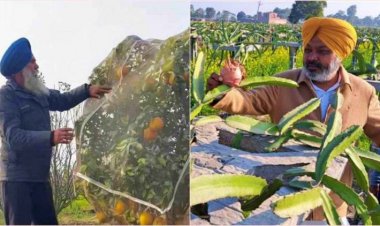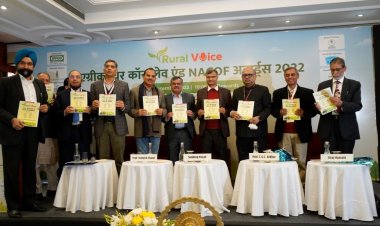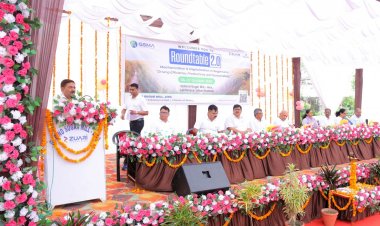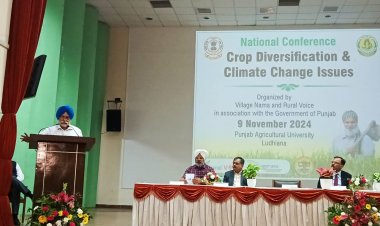80pc people in Asia including India live under water stress, scarcity to escalate by 2050: UN report
The global urban population facing water scarcity is projected to increase from 933 million (one third of global urban population) in 2016 to 1.7–2.4 billion people (one third to nearly half of global urban population) in 2050, with India projected to be the most severely affected. Twenty years ago, an estimated 1.6 billion people lived under conditions of economic water scarcity and it remains unclear whether this number has gone up or down.
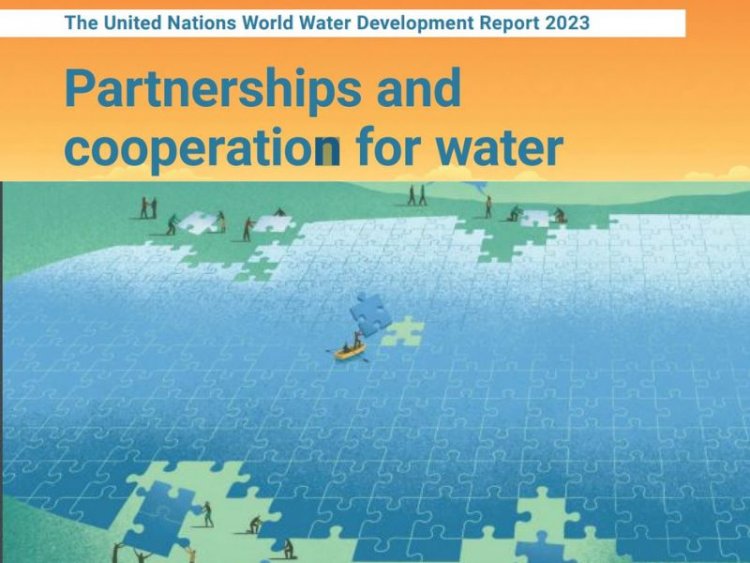
The United Nations World Water Development Report 2023 presents a grim picture of India in the coming decades. It shows that between 2.2 and 3.2 billion people lived under water stress for at least one month per year in 2010, corresponding to 32% and 46% of the world’s population at the time. Of them, around 80% lived in Asia - in particular, northeast China, as well as India and Pakistan.
The global urban population facing water scarcity is projected to increase from 933 million (one third of global urban population) in 2016 to 1.7–2.4 billion people (one third to nearly half of global urban population) in 2050, with India projected to be the most severely affected.
Twenty years ago, an estimated 1.6 billion people lived under conditions of economic water scarcity (Comprehensive Assessment of Water Management in Agriculture, 2007), and it remains unclear whether this number has gone up or down.
Currently, about 25% of the global croplands are under agricultural economic water scarcity, where the lack of irrigation is due to limited institutional and economic capacity instead of hydrologic constraints.
According to the World Bank (2016), water scarcity, exacerbated by climate change, could cost some regions up to 6% of their Gross Domestic Product (GDP) by 2050 due to water-related impacts on agriculture, health and incomes, potentially spurring migration and even conflict.
Water and environment
Water was included in 75% of countries’ climate change National Adaptation Plans (NAPs). Recognition of the role of ecosystems in climate change mitigation and adaptation in the Paris Agreement (United Nations, 2015) allows countries to focus on ecosystem-based mitigation and adaptation strategies in their NAPs and in the Intended Nationally Determined Contributions (INDCs) that will determine investment priorities as far as 50 years in the future.
The IPCC’s most updated reports released in 2021 and 2022 confirm that climate change has already altered freshwater ecosystems, leading to diverse adverse impacts on human systems.
Wastewater, including agricultural runoff, is the leading cause of water pollution. It is intricately linked to human and ecosystem health, with over 80% of global wastewater estimated to enter water bodies untreated.
The continuing rate of loss and degradation of freshwater ecosystems and the loss of freshwater biodiversity remains the highest among all ecosystem types. Green infrastructure payments have protected, rehabilitated, or created new habitats on more than 486 million hectares of land around the world, an area nearly 1.5 times the size of India, with a total investment of US$25 billion in 2015, mostly going to landowners and local communities and mostly driven by water resources-related objectives.
However, this is still a meagre 0.37 to 1.1% of the estimated amount of investment required in water infrastructure in the same year. A common means of financing these schemes is through water funds. Between 32% and 53% of the monetary value of inland wetlands comes from co-benefits such as food, erosion regulation, tourism, and recreation.
This diversity and scale of the benefits forge strong interests among stakeholders and potential partners beyond the water sector. Environment-related data form one of the most significant gaps in water-related knowledge.
Partnerships involving local communities (‘citizen science’) are increasingly used to improve monitoring of the environment. This is particularly so for water quality monitoring, in order to address the huge gaps in data availability. Engaging youth and women in data-scarce least developed countries is gaining attention, engendering personal empowerment and ownership, particularly for hydrological data.



 Join the RuralVoice whatsapp group
Join the RuralVoice whatsapp group
































